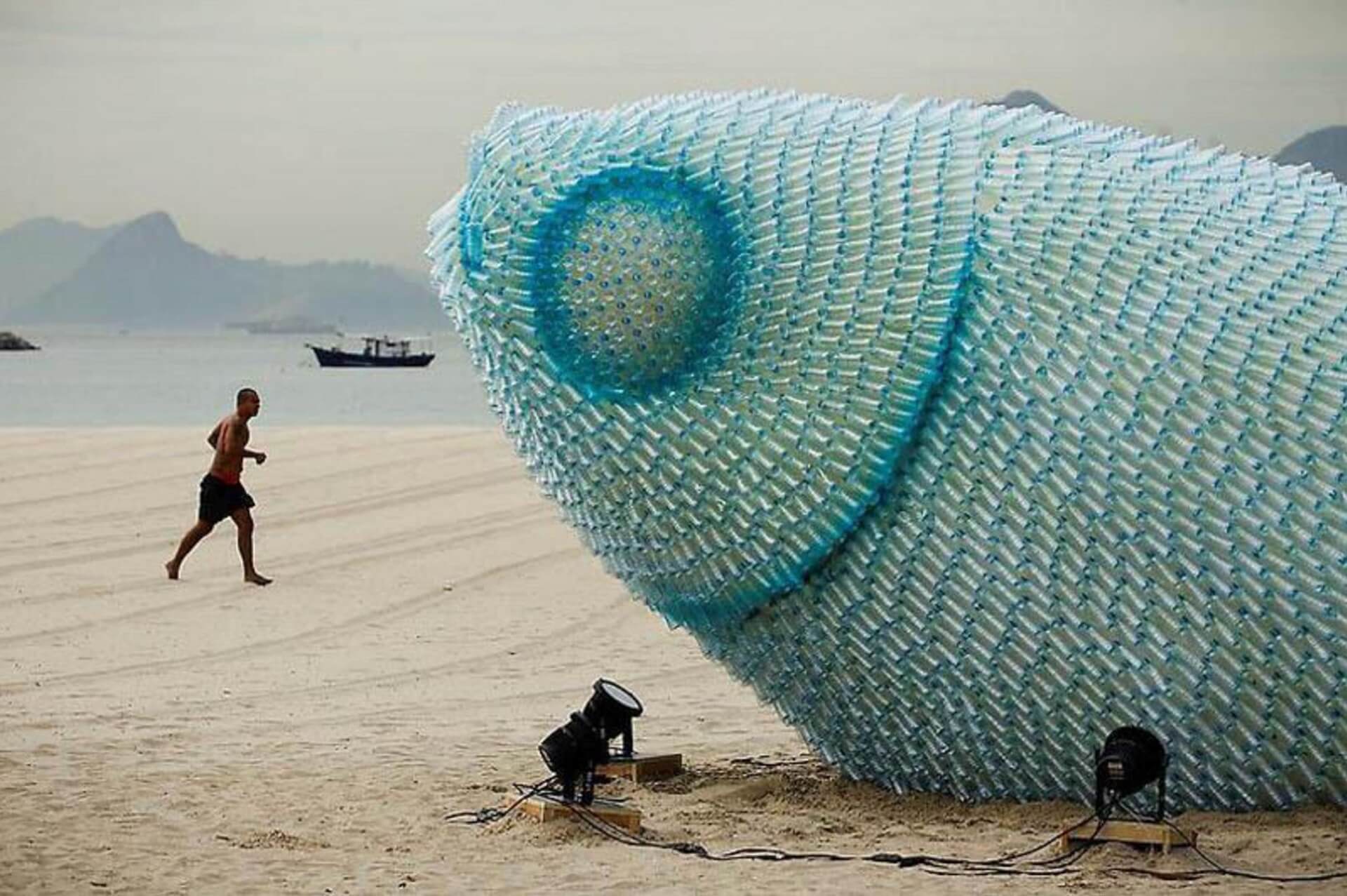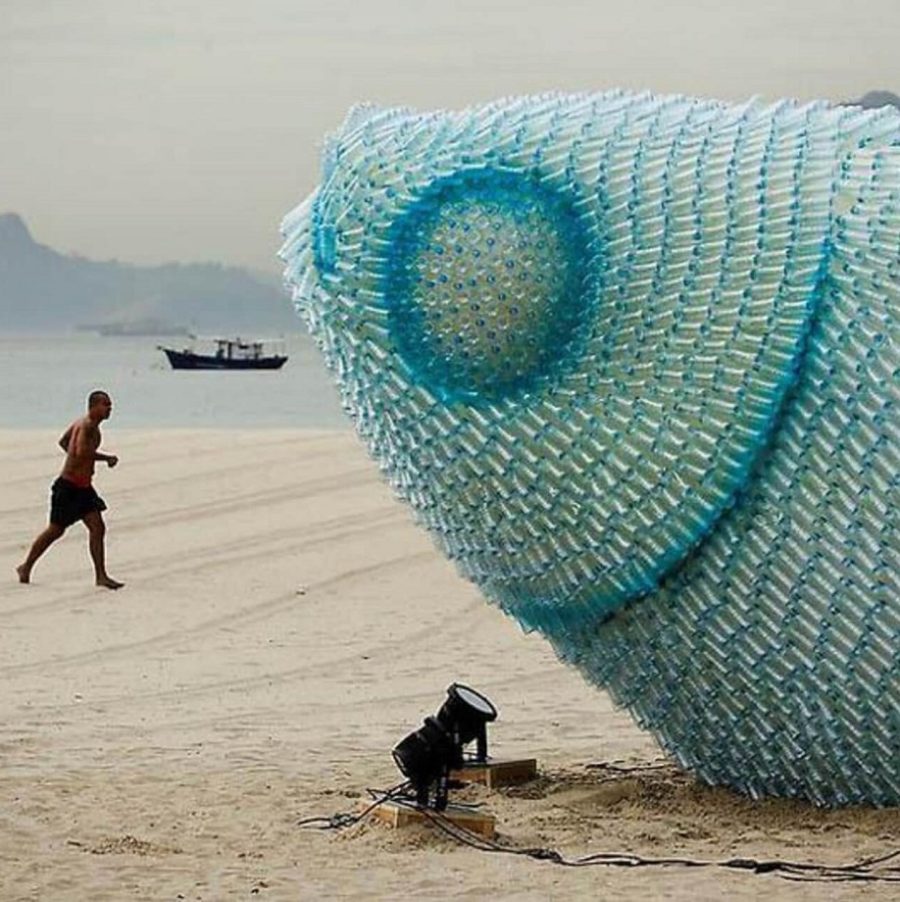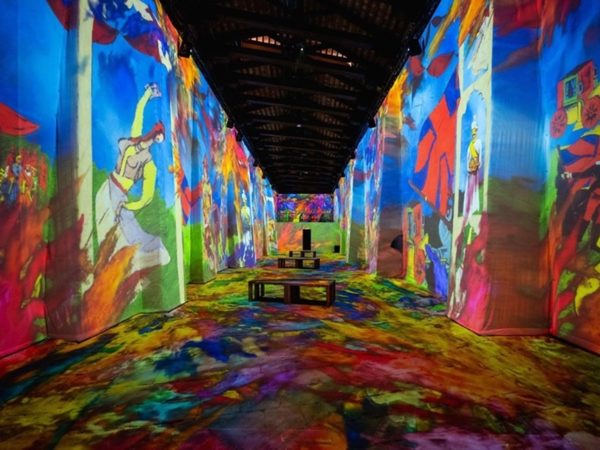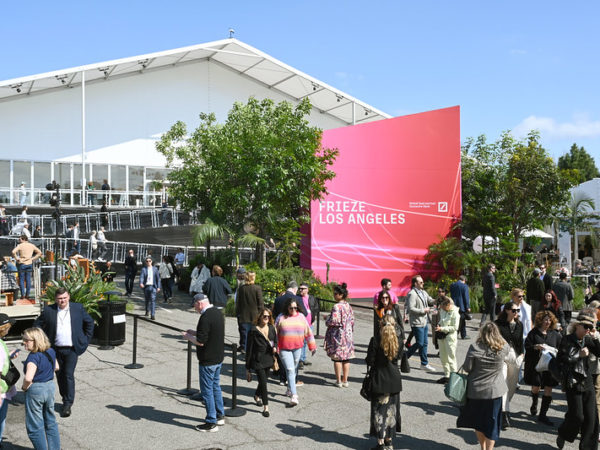From Trash to Treasure – Repurposed Waste in Contemporary Art
The relationship between mankind and the environment has become increasingly strained, particularly since the turn of the century, when the advent of the industrial revolution changed the way we consumed even the most basic amenities – and the way we managed the waste it generated. We are now at a point where rethinking our actions and their effects on the planet is a necessity. Large-scale industries – from tech giants to global cosmetics brands – are now making it a point to prioritise sustainability and support the circular economy.
 Various Artists, The Bottle Sea Creature Art, Botafogo Beach, 2012
Various Artists, The Bottle Sea Creature Art, Botafogo Beach, 2012
Art, being a powerful form of expression, has often been employed to a make a statement, be it in Kazimir Malevich’s Black Square (1915), which may have single-handedly ushered in the abstract and conceptual art movements of the twentieth century, to the more recent Norman Rockwell piece, The Problem We All Live With (1964), which became an iconic image of the US Civil Rights movement. Of late, one of the more pressing global concerns to seep into the collective consciousness has been waste generation and management. Reflecting the world’s increased focus on issues of environmentalism and sustainability, art made from recycled materials has been gaining momentum over the course of the last three decades, with an increasing number of artists creating large-scale art works using repurposed materials to address important social and political agendas. From used cans and bottles to technological waste, these found objects not only possess varying material qualities, but – through their usage – actually convey a narrative that speaks to the issue itself. A good example of this is, The Bottle Sea Creature Art, which is a large-scale installation of a fish, constructed from a mass of used plastic water bottles, situated on the Botafogo Beach in Brazil. By using waste plastic to create the piece, it effectively highlights the impact of mass consumerism on marine life. The piece was part of a dedicated campaign to promote the UN conference on Sustainable Development in 2012, which was aimed at educating the audience on these issues.
 Alejandro Aravena, Venice Architecture Biennale, 2016
Alejandro Aravena, Venice Architecture Biennale, 2016
Also seeking to raise awareness about the fragility of the environment and the crisis created by waste generation, Chilean architect Alejandro Aravena created an installation for Venice’s Architecture Biennale in 2016 that, rather ingeniously, was comprised entirely of materials used in the 2015 Venice Art Biennale. Aravena constructed these installations in the front rooms of both, the Arsenale and the Central Pavilion venues, repurposing more than 90 tonnes of scrap metal and 10,000 metres of plasterboard left over from the previous event. The first one was made using lengths of crumpled metal channeling suspended vertically from the ceilings, covering the entire 300-metre long expanse of the Arsenale.Interestingly, the space itself also represents the values of reuse and reworking, having been repurposed over the years; once a complex of construction sites where the Serenissima fleets were built, it is now one of the Biennale’s two primary venues.
 Nicholas Gentry, Profile Number 16, 2018
Nicholas Gentry, Profile Number 16, 2018
Of course, there is more to eco-friendly art than purely admonishing mass consumerism. Repurposed products have a past, they have stories to tell; in repurposing these materials, artists embed additional layers of meaning within their work. Nicholas Gentry works with old and obsolete technological waste – such as VHS cassettes, computer disks and film negatives – in a process that in itself documents the transition from analogue to digital processing. Recyclable art also finds its way back to the Dada movement, which emerged primarily as a reaction to World War I. Artists that were part of this movement sought to confront the viewer’s expectations, and challenge ideas about art, in the process causing what some considered a drastic, almost offensive shift in art practice. In fact, this manner in which Dadaists challenged traditional art practices by presenting the idea that art could be deemed as ‘art’ by the artist’s sheer will, evolved into larger assemblages comprised of found objects, by artists such as Robert Rauschenberg, and ultimately built a platform for today’s contemporary artists. Hannah Hoch, who was then considered to be a ‘degenerate’ artist is now remembered in high regard for her paper collages highlighting gender inequality.
 Hannah Hoch, Ohne Titel (Aus einem ethnographischen Museum) (Untitled [From an Ethnographic Museum]), 1930
Hannah Hoch, Ohne Titel (Aus einem ethnographischen Museum) (Untitled [From an Ethnographic Museum]), 1930
Today, perhaps more than ever, art is a powerful medium of communication; it has evolved beyond the formality of established museums and the white walls of private galleries, and arrived into public spaces. One of the pioneers of this movement is the St+Art Foundation, an organisation based in Delhi that believes in art for all, and is bringing it to the walls of cities across India. The organisation, in collaboration with government bodies like the Delhi Police in the national capital and the BMC in Mumbai, has successfully transformed these once forgotten structures, weathered by time, into community building initiatives and conversation starters amongst many a busy passerby. In 2017, by working with a wide range of materials – from fishing nets to waste collected from the sea – St+Art brought to life the century old Kohli fishing culture at The Sassoon docks in Mumbai.
 Various Artists, Sassoon Dock Art Project, 2017
Various Artists, Sassoon Dock Art Project, 2017
Creating art from what has been forgotten or discarded as useless is a fascinating process. The character of each element, complete with its associations and concepts, interacts with the others to create beautiful work, transforming ordinary pieces of trash into treasure, becoming a medium to start dialogue.
By Kareena Vaswani





